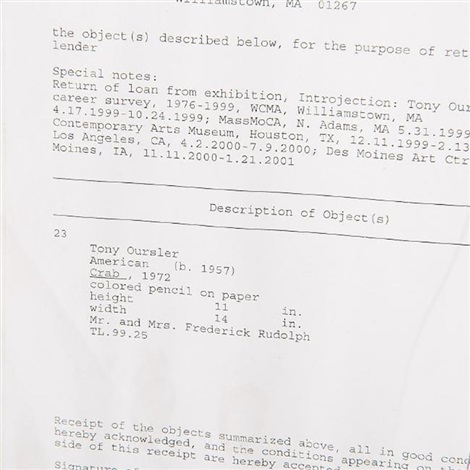
A., Jo D.S., McDonald B.C., Campuzano-Jost P., Day D.A., Hu W., Schroder J.C., Allan J., Blake D.R., Canagaratna M.R., Coe H., Coggon M.M., DeCarlo P.F., Diskin G.S., Flocke F., Fried A., Gilman J.B., Gkatzelis G., Hamilton J.F., Hanisco T.F., Hayes P.L., Henze D.K., Hodzic A., Hopkins J., Hu M., Huey L.G., Jobson B.T., Kuster W.C., Lewis A., Li M., Liao J., Omar Nawaz M., Pollack I.B., Peischl J., Rappenglück B., Reeves C.E., Richter D., Roberts J.M., Ryerson T.B., Shao M., Sommers J.M., Walega J., Warneke C., Weibring P., Wolfe G.M., Young D.E., Yuan B., Zhang Q., de Gouw J.A., Jimenez J.L. (2021): Anatomy of the March 2016 Severe Ozone Smog Episode in Mexico-City, Atmos.

#Ts moca houston free
micrometeorological towers, radio towers up to 324 m, cruising vessels, cable-ways, manned H2 free gas balloon) and state-of-the-art methods (e.g. In these field-based studies a variety of scientific platforms (e.g. The aforementioned tasks include commitment to projects ranging from the determination of turbulent surface flux measurements addressing biosphere-atmosphere interactions to urban air quality issues and airborne measurements in intercontinental transport studies. Close co-operation with other research groups focusing on chemistry-transport models and boundary layer studies accomplishes the identification of processes inherent in the concurrent measurements of the various species.

Megacities) on different spatial scales and (3) determination of the anthropogenic and biogenic contributions to the formation of secondary trace gases. volatile organic compounds (VOC), carbon monoxide, peroxides, nitrogen oxides, ozone, and peroxyacetyl nitrates (PANs) in remote unpolluted areas in order to determine undisturbed atmospheric background conditions, (2) the investigation of disturbances of the unpolluted atmosphere through complex anthropogenic source regions (e.g. Thus main targets of my research interest are (1) the quantification of trace gas budgets (e.g. The temporal and spatial dynamics of the trace gas budgets are crucial for the formation of photochemical smog and the deposition of pollutants. This way the budgets of atmospheric constituents will be strongly influenced and this again will have important feedbacks to the climate system including the environmental conditions for human life. Office: 426J SR1 Office Hours: T/TH 3:00p - 4:00p or Appointment Phone: (713) 743-2469 Scholar Profile ResearchGate Profile Personal Faculty WebsiteĬlimate change leads to the modification of sources and sinks for atmospheric trace gases. Habilitation, Bioclimatology & Atmospheric Environmental Chemistry, Munich University of Technology (TU Munich), 2003 PhD, 1996, Physics, University of Munich (LMU Munich) M.S., 1991, Meteorology, University of Munich (LMU Munich) B.S., 1985, Technical Physics, Munich University of Technology (TU Munich) Department of Earth and Atmospheric Sciences.Student Research Conference & Open House.Earth & Environmental Data Science Certificate.


 0 kommentar(er)
0 kommentar(er)
